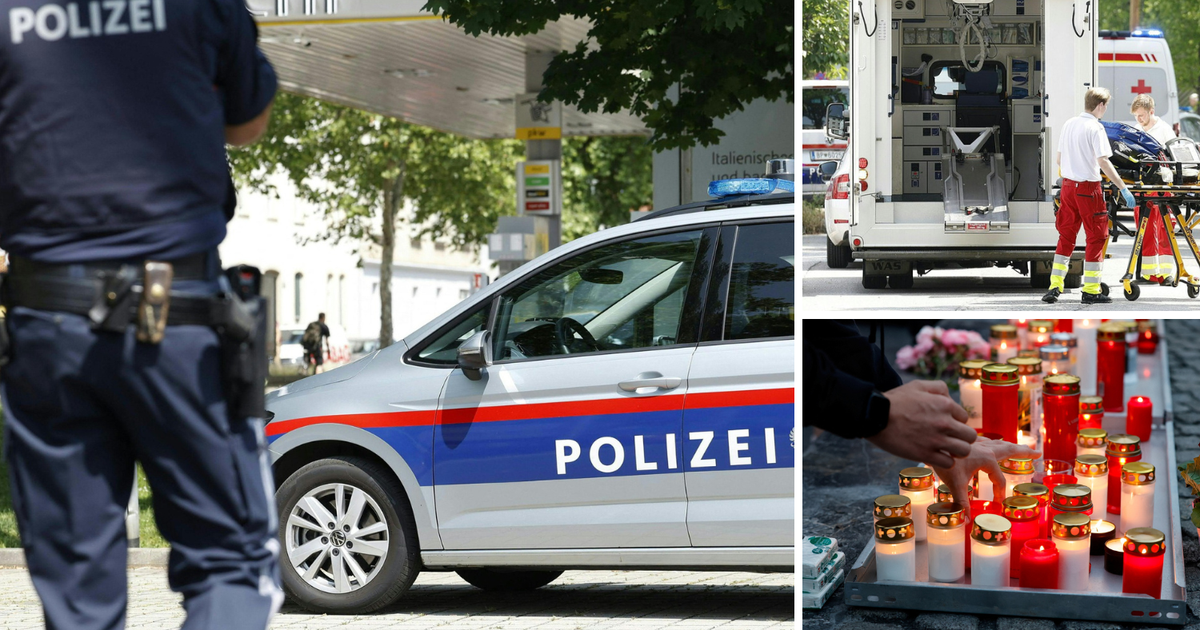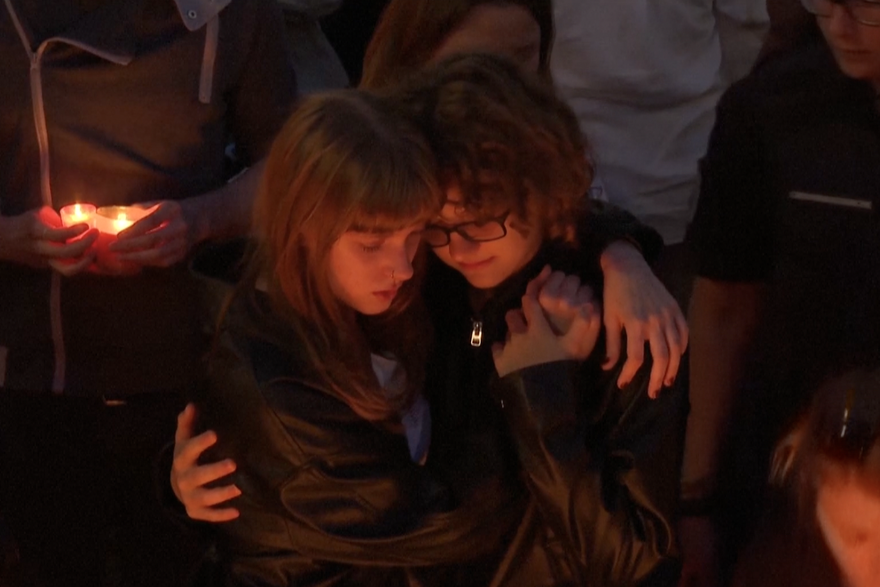A mass shooting occurred at the Borg Dreierschützengasse secondary school in Graz, where a 21-year-old former student, Artur A., opened fire with a pistol and shotgun, killing ten people, mostly students and two teachers, before committing suicide. The attacker was described as a withdrawn and shy young man who was reportedly a victim of bullying. Police found a farewell letter and a video message sent to his mother in which he announced the crime. An inactive bomb was found in his apartment. The attack shocked Austria, and authorities declared three days of mourning. Students and staff received psychological support, and police quickly responded, confirming the attacker acted alone. Media from various sources report on the details of the attack, victims, motives, and community reactions.
Political Perspectives:
Left: Left-leaning sources emphasize the social and psychological background of the attacker, highlighting issues such as bullying, mental health, and the need for better support systems in schools. They often discuss gun control and the societal factors that may contribute to such tragedies.
Center: Center-leaning sources focus on the factual reporting of the event, providing detailed timelines, official statements from police and government officials, and the immediate response to the tragedy. They emphasize the importance of security and the community’s reaction without strong political framing.
Right: Right-leaning sources tend to highlight the legal possession of firearms by the attacker and discuss the implications for gun laws and public safety. They may also focus on the swift law enforcement response and the need for stricter measures to prevent such incidents, sometimes linking the attack to broader concerns about social order.



